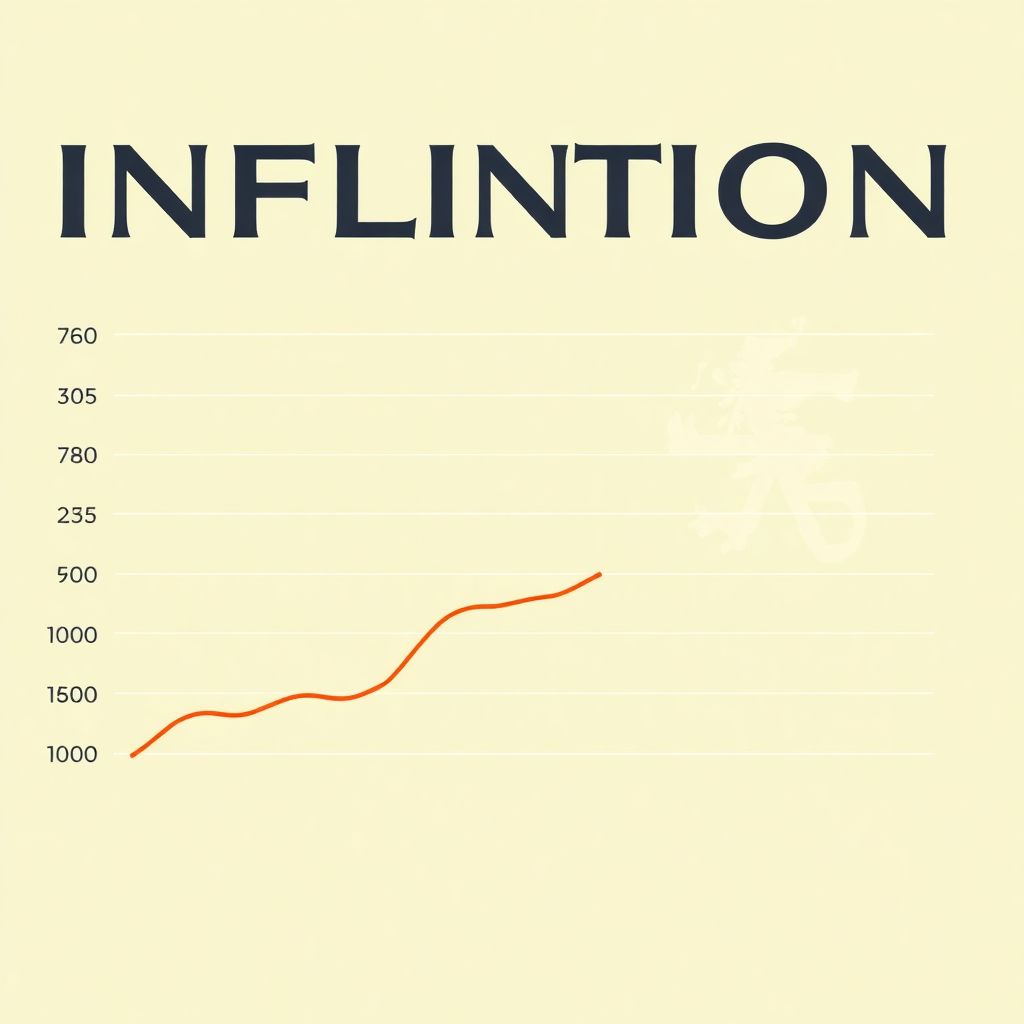UK inflation held firm at 3.8% in September, marking the third straight month of no change and remaining well above the Bank of England’s (BoE) long-term target of 2%. While this figure came in slightly below the BoE’s prior forecast of a 4% peak, it still represents a level that challenges the central bank’s ability to begin cutting interest rates in the near term. The current economic environment, marked by persistent inflation and sluggish growth, is pushing policymakers into a corner, delaying any hopes for a rate cut and sending waves across traditional and crypto markets alike.
Core inflation—which excludes typically volatile items like food, energy, alcohol, and tobacco—dropped marginally to 3.5% from August’s 3.6%, indicating only modest progress in curbing underlying price pressures. Sector-specific price changes further complicate the picture: while petrol and airfare prices have moderated from last year’s highs, they still contribute upward pressure on inflation. Meanwhile, prices for recreational services and non-alcoholic beverages have slightly declined, suggesting a mixed inflationary trend.
The broader economic backdrop paints a worrying picture. The UK’s GDP grew by a mere 0.1% in August, highlighting a stagnating economy teetering on the edge of recession. This weak growth, combined with sticky inflation, creates a scenario economists refer to as “stagflation”—a toxic mix that limits the BoE’s room for maneuver.
According to George Brown, senior economist at Schroders, the persistence of high inflation may be more than just a temporary blip. “Disappointing productivity gains and sustained wage growth could make elevated inflation a long-term issue. We now expect the BoE to maintain the current rate policy until at least late 2026,” he warned, adding that there’s even a possibility the next move could be a rate hike, not a cut.
Market analysts remain divided on the timeline for potential rate adjustments. Matthew Ryan, head of market strategy at Ebury, voiced skepticism over a near-term pivot: “We don’t see a rate cut happening in November—if anything, expectations are shifting toward a December move. But even then, we remain cautious. Inflation remains too high for the BoE to justify easing.”
The delay in rate cuts has implications far beyond traditional finance. In the cryptocurrency market, where investor sentiment is particularly sensitive to macroeconomic signals, prolonged high interest rates can add volatility. The current backdrop is already tense, as crypto markets continue to recover from a recent crash sparked by geopolitical events—most notably, the announcement of a 100% tariff on Chinese goods by Donald Trump, which triggered a liquidation cascade worth approximately $19 billion across leveraged positions.
Ethereum and various altcoins took a significant hit in the aftermath, suffering double-digit losses. The uncertainty around central bank policies in both the UK and the US adds further instability, making crypto markets more reactive to macroeconomic developments than ever before.
In the US, inflation remains elevated, compounded by political gridlock, supply chain disruptions, and the looming threat of a prolonged government shutdown. These factors are contributing to a global atmosphere of financial anxiety. For crypto investors, this could result in a shift toward established digital assets like Bitcoin, which are often viewed as digital safe havens during times of economic stress. However, smaller altcoins may continue to experience heightened volatility and sharp sell-offs.
Looking ahead, the lack of clarity from central banks may lead to more cautious behavior among investors. While some may see an opportunity in Bitcoin’s resilience, others may opt to stay on the sidelines until there’s a clearer trajectory for interest rates and inflation control.
In the broader financial landscape, prolonged high interest rates could impact consumer borrowing, mortgage rates, and business investment. Households may find it harder to access affordable credit, which could dampen consumer spending and further slow economic growth. For businesses, particularly startups and tech firms, higher borrowing costs could reduce capital investment and expansion plans.
From a policy perspective, the BoE faces a delicate balancing act. Cutting rates too soon risks reigniting inflation, while holding them too high for too long could stifle economic activity. The central bank must also consider external factors, such as global energy prices, geopolitical risks, and trade policy shifts, which could all influence inflation dynamics.
For crypto, these macroeconomic conditions highlight the importance of diversification and risk management. Traders and investors may increasingly rely on algorithmic strategies, stablecoins, and decentralized finance tools to hedge against volatility. Institutional involvement in the space may also grow, as professional investors seek exposure to non-correlated assets in a turbulent economic environment.
In summary, the BoE’s cautious stance on interest rates, driven by persistent inflation and weak growth, is likely to delay any monetary easing well into the future. This has far-reaching implications for traditional markets and digital assets alike. While Bitcoin may benefit from its perceived safe-haven status, the broader crypto market will remain sensitive to central bank decisions, inflation data, and global economic trends. Investors, both retail and institutional, will need to stay agile and well-informed to navigate the uncertainties ahead.

